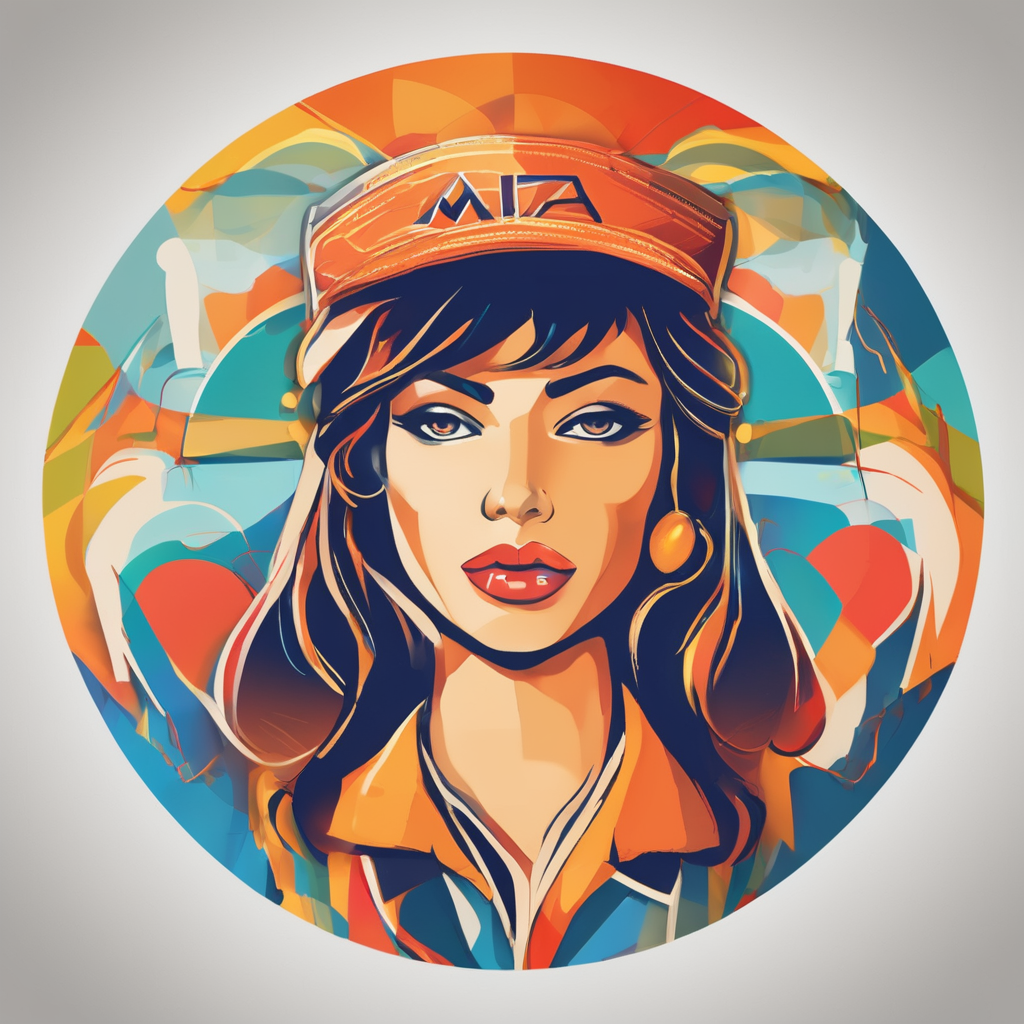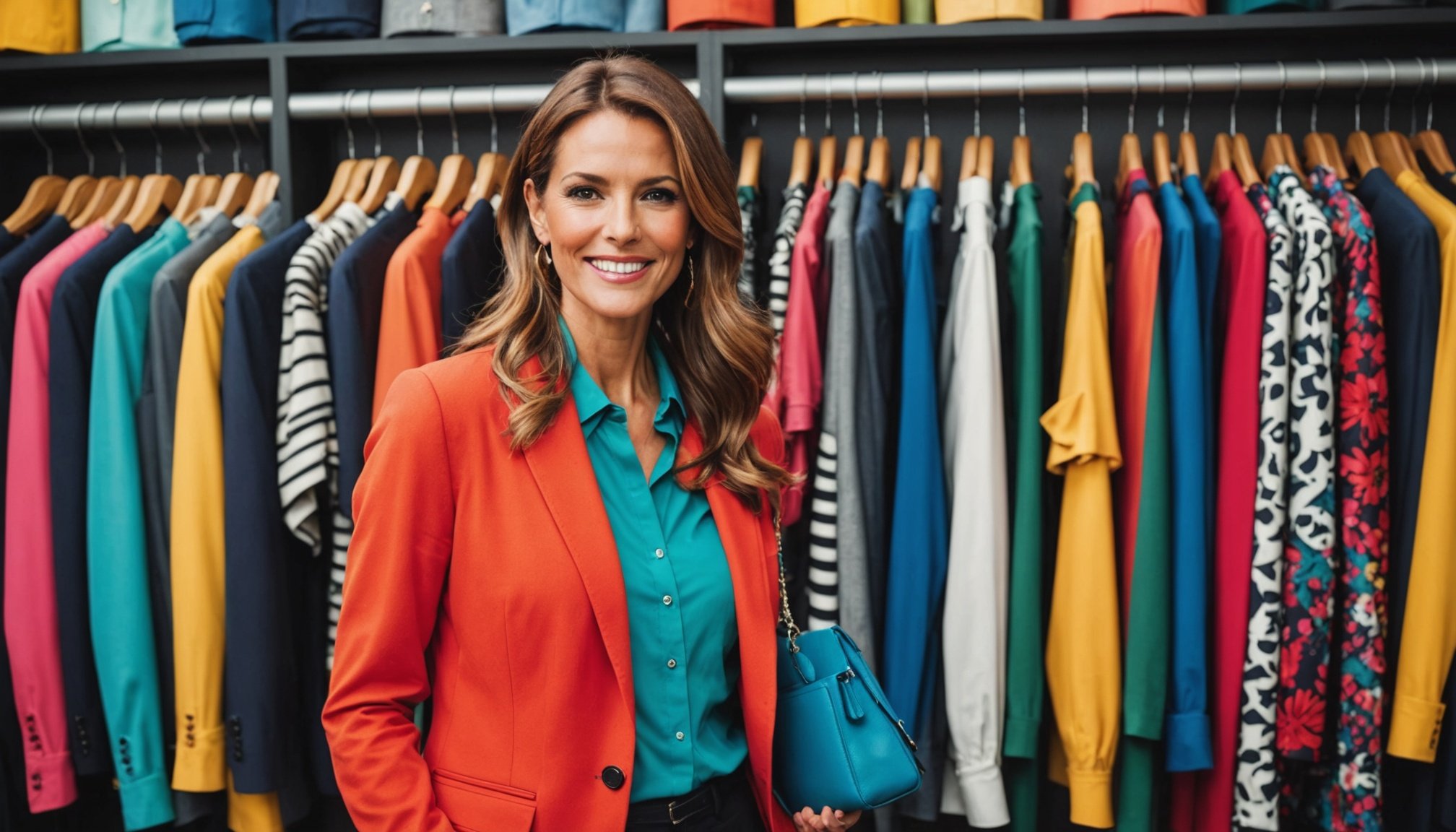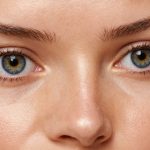Understanding Color Psychology
Color psychology delves into how emotional impacts of colors influence our feelings and behaviours. It’s a field that explores the subtle nuances of how different colors can affect our emotional well-being and how these hues play a significant role in our daily choices, including fashion. Research indicates that our perceptions of color can be deeply rooted in cultural contexts and personal experiences, leading to varied emotional responses.
In the realm of psychology, color perception is not just about visual aesthetics but about the deep-seated meanings colors can convey. Whether it’s the invigorating energy of a bright red shirt or the calming effect of a soft green room, colors can significantly sway our emotional state without uttering a word. Thus, the choices we make in our wardrobes carry more than just stylistic import—they can also bolster our mood and transform our emotional landscape.
In the same genre : Unlock the Perfect Eye Cream: Customized Solutions for Your Unique Skin Care Needs
Choosing the right colors requires understanding their psychological impact and applying this knowledge to everyday decisions. By being mindful of these choices, individuals can consciously harness the power of color to enhance mood and express personal style.
The Meaning of Colors
Color symbolism plays a significant role in determining how hues affect our perceivable environment and mood. Understanding the meanings of colors can be transformative in making impactful decisions about fashion and interior design. This section explores the nuances of warm, cool, and neutral colors and their emotional impacts.
Have you seen this : Brighten Up Your Under-Eye Area: Discover Powerful Natural Remedies and Key Ingredients to Banish Dark Circles!
Warm Colors and Their Effects
Warm colors such as red, orange, and yellow are associated with energy and passion. Frequently, these colors can enhance mood by sparking feelings of warmth and excitement. For instance, red might increase adrenaline and elevate heart rate, making it ideal for situations that require enthusiasm. Similarly, the lively nature of orange and yellow can create welcoming and lively environments, enhancing social settings.
Cool Colors and Their Effects
Cool colors like blue, green, and purple offer calming and soothing effects. These hues can reduce stress and create tranquility, making them perfect for bedrooms and spaces meant for relaxation. Blue is renowned for its ability to lower stress levels, while green can evoke a sense of growth and harmony. When combined, these shades promote peace and mental clarity.
Neutral Colors and Their Role
Neutral colors—black, white, gray, and beige—may not stand out, but they provide balance and versatility. They are emotionally grounding and can lend sophistication to any attire. Neutral colors allow bold hues to pop or can offer a minimalist backdrop in decor, thus maintaining equilibrium in both fashion and living spaces.
Practical Tips for Color Selection
Selecting the right colors for your wardrobe is not just about matching hues; it’s about aligning with your personal style and mood enhancement needs. Understanding how to leverage color combinations can transform your outfit’s impact, making you feel confident and comfortable. Begin with considering the mood you want to project. A sunny yellow blouse can radiate positivity, while subtle blues might offer a calming effect, aligning your attire with your emotional goals.
To create harmonious outfits, try mixing and matching colors that complement each other. Pair warm colors like red with neutral tones for a balanced look, or combine cool tones like green and blue to evoke tranquility. An easy tip is to select a primary color and accessorize with complementary shades for a cohesive ensemble.
Examples of successful color combinations include using a contrasting belt to add a splash of colour to a monochrome dress or pairing an eye-catching accessory with a base colour. By experimenting with different colors, you can discover which combinations work best for various occasions, from casual outings to formal events.
Real-Life Transformations Through Color
In this section, we’ll explore remarkable transformative experiences through personal testimonials and case studies that illustrate the profound emotional impact of colors on individuals’ lives.
Case Study: The Power of Red
One compelling personal testimony comes from Sarah, who experienced an uplift in mood by wearing red outfits. At a pivotal job interview, she opted for a vibrant red blazer, which not only heightened her confidence but also left a memorable impression on her interviewers. Red’s energy translated into elevated enthusiasm, demonstrating its power to transform mundane moments into vibrant experiences. Visual examples of red outfits include pairing a striking red coat with dark trousers for a bold statement.
Case Study: Calming with Blue
Conversely, John recounts choosing blue attire to embrace its calming effects during a stressful exam period. The serene hues of his choice, such as a light blue shirt, helped foster an environment of tranquility and clear thinking. Blue’s calming presence is invaluable for stabilising emotions, making it ideal for tense scenarios.
Balancing with Neutrals
Lastly, Emma’s experience highlights the versatility of neutral colors. At a professional conference, her beige ensemble exuded sophistication and comfort, facilitating a sense of ease and style. Neutral colors offer balance and adaptability, proving beneficial for varied settings.
Conclusion Strategies for Leveraging Color in Fashion
Fashion strategies that incorporate color influence can be transformative, directly impacting personal style and emotional health. First, understanding the profound effect color can have on mood is paramount. By deliberately selecting colors that align with one’s emotional needs, individuals can enhance their well-being and boost their overall outlook.
Incorporating color psychology into daily wardrobe choices can feel like a daunting task, but it is ultimately rewarding. Begin by identifying which colors make you feel positive and confident. Perhaps a shade of blue for calm during stressful days, or a vibrant red to feel invigorated. Fashion strategies include exploring unexpected color combinations, like adding a pop of yellow to an outfit for a boost of positivity.
As you curate your wardrobe, remember the mood boosting potential each piece holds. When experimenting, don’t shy away from vibrant colors or contrasting shades that may initially seem bold. These strategic choices can empower you to express your individuality while enhancing your emotional landscape. Encouragement to embrace this approach can lead to sartorial discoveries that not only refine your fashion sense but also positively influence your emotions.











